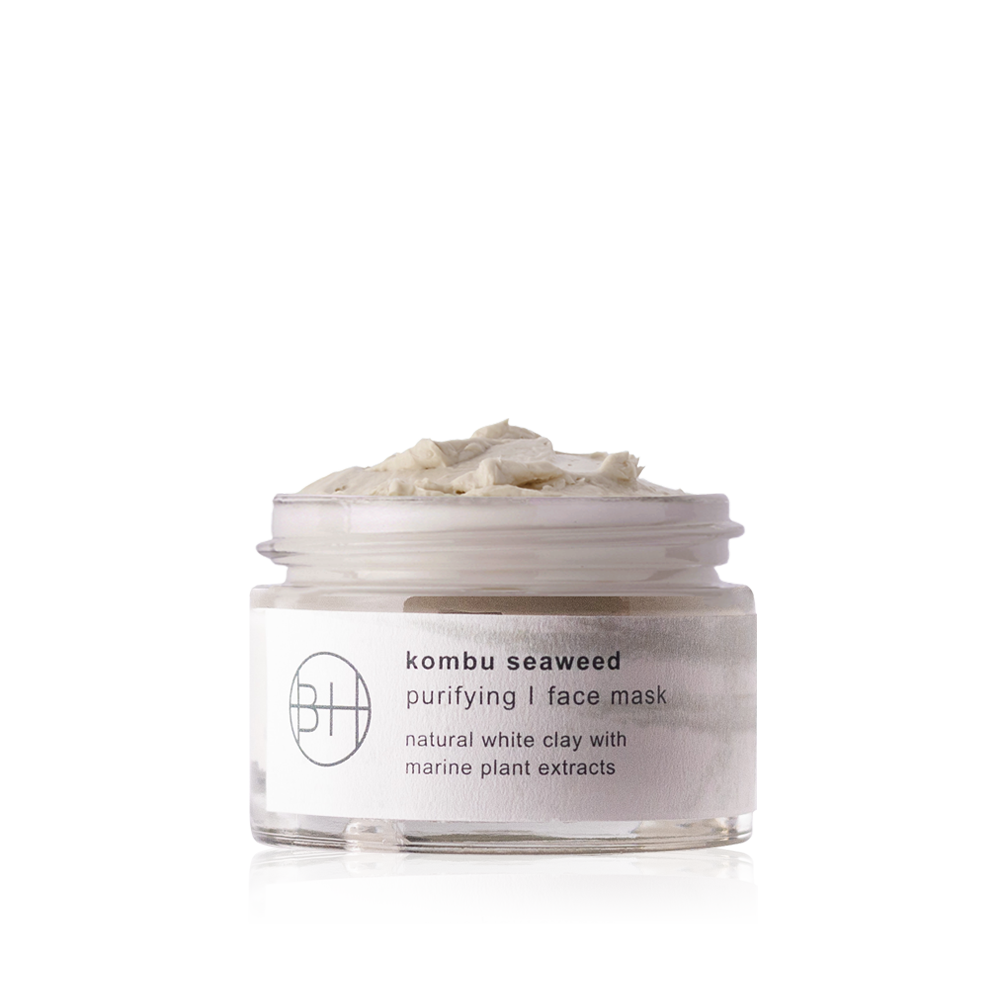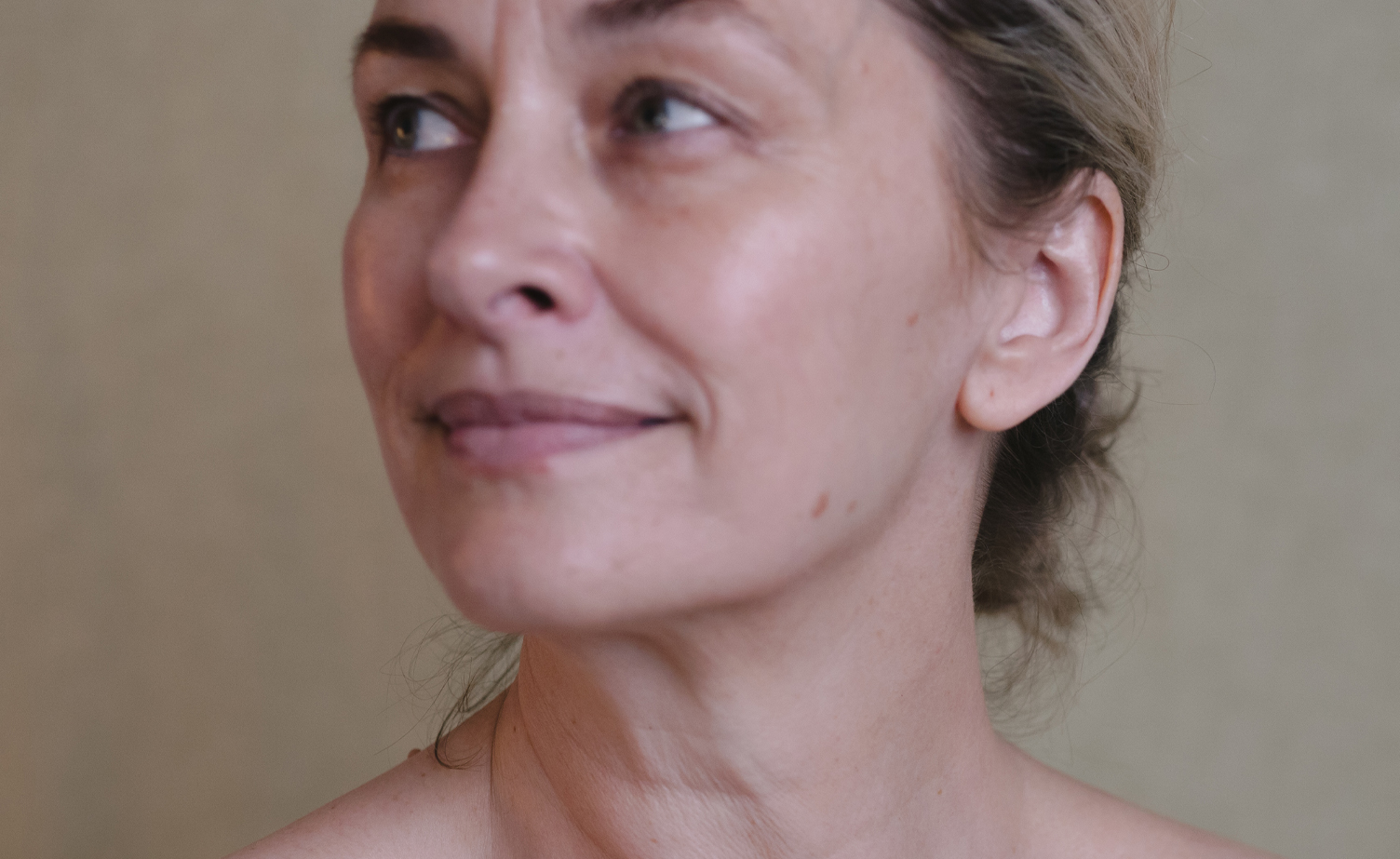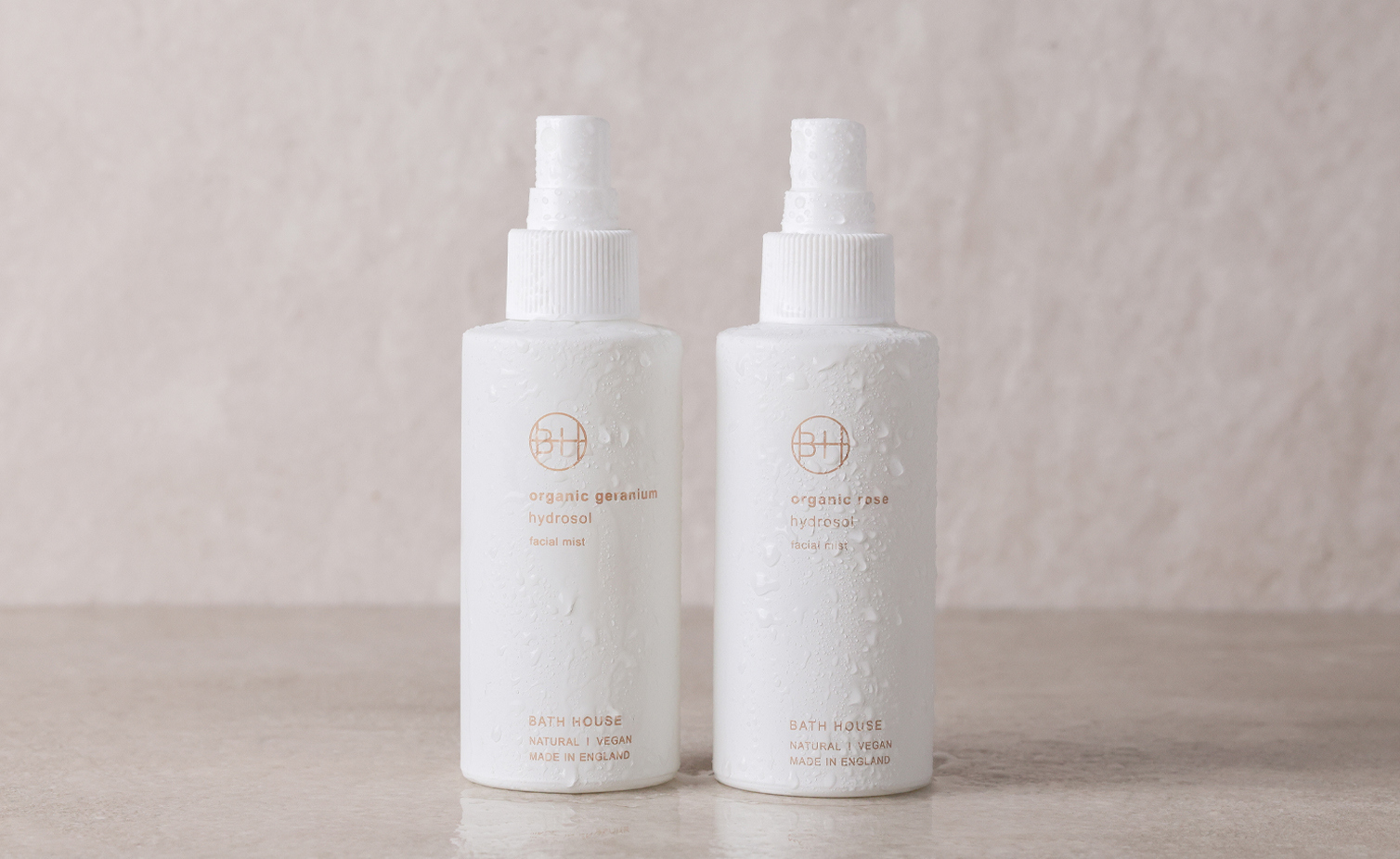In a world that moves faster than ever, there is quiet power in pausing in returning to the small, sacred rituals that remind us to care for ourselves with gentleness and intention. The simple act of applying a face mask is one such ritual: an age-old practice that continues to nourish both skin and spirit.
In this journal we reflect on the timeless beauty of masking.
A history written in earth and sea.
The origins of face masks are as ancient as human civilisation itself. Thousands of years ago, the Egyptians used clay and natural oils to preserve their skin under the sun’s relentless gaze. Across Asia, seaweed and herbal pastes were prized for their ability to hydrate and heal. In every culture, masking was more than a cosmetic treatment. It was a communion with nature, a ritual of purification and renewal.
In our Green Clay and Kombu Seaweed Face Masks, we honour these traditions, combining mineral-rich earths and marine botanicals with the craftsmanship of British natural skincare.
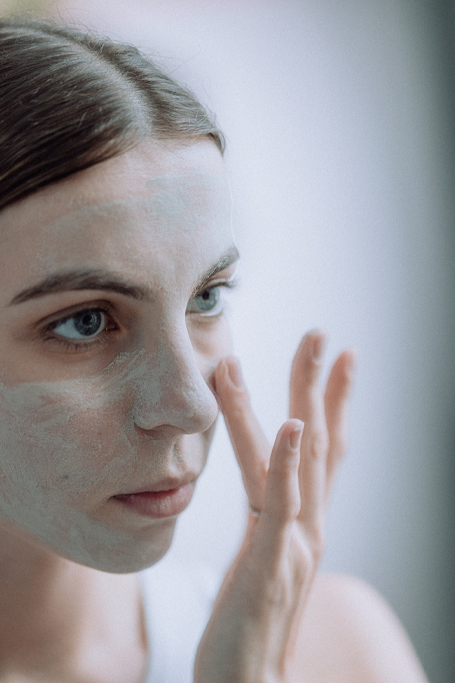
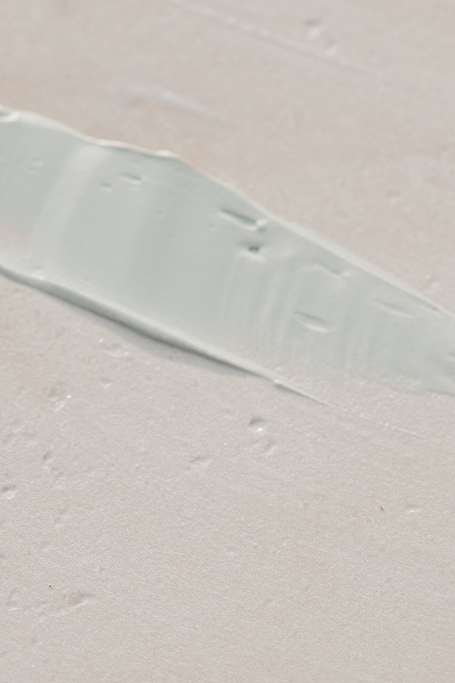
Why use a face mask?
The skin, like the soul, can become burdened. Pollution, stress, sun, and time all leave their marks. Face masks offer a deeper cleansing than everyday routines allow, reaching into the pores to lift away impurities, rebalance moisture, and flood the skin with nutrients.
But the true beauty of masking lies not just in its visible effects, but in the ceremony itself. Ten quiet minutes. A thin layer of earth or sea laid upon the face. A soft rinse, revealing skin that feels not just cleaner but somehow calmer.
Meet Our Masks
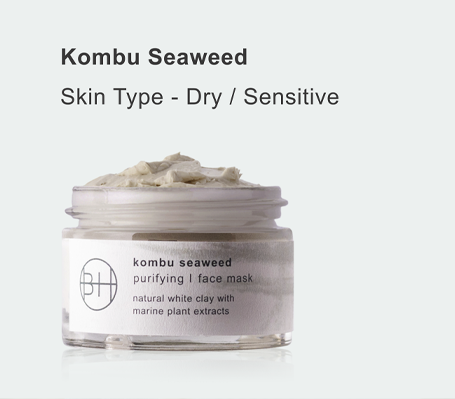
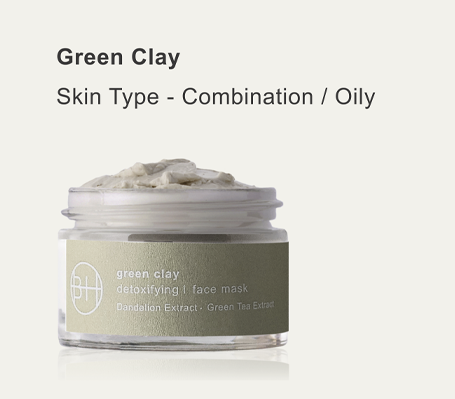
Green Clay Detoxifying Face Mask
Formulated with purifying Green Clay, antioxidant Green Tea, soothing Organic Aloe Vera, and bright, pore-refiing organic Bergamot Oil, this Green Clay Face Mask is a breath of clarity for tired or congested skin.
It works by gently drawing out impurities while balancing the skin’s natural oils, helping to refine texture and restore brightness. Perfect for combination, oily, or blemish-prone skin or for anyone whose complexion feels dulled by the pace of life.
How to use – Apply a thin, even layer to freshly cleansed skin. Allow to dry for about ten minutes, then rinse gently with warm water. Use once or twice a week, or whenever your skin feels in need of a reset.
Kombu Seaweed Purifying Face Mask
Gentle enough for sensitive skin, this Seaweed Face Mask blends fine White Clay with a trio of nutrient-rich seaweeds Kombu, Irish Moss, and Bladderwrack to soothe, hydrate, and brighten. Witch Hazel calms irritation, while Glycerine helps retain the skin’s natural moisture balance.
Its soft texture and marine botanical scent bring a feeling of freshness and calm, making it ideal an face mask for sensitive skin or skin that leans towards dryness or environmental stress.
How to use: Smooth a light layer over clean skin. Leave for up to ten minutes just enough time for the plants and minerals to work their quiet magic then rinse with warm water. Use weekly, or whenever skin calls for a moment of renewal.
Which Face Mask is Right for You?


When to Mask
A face mask fits beautifully into a weekly skincare ritual. Sunday evenings, when preparing for a new week; quiet mornings when you have time to linger; any moment when you choose to make space for yourself.
Masking after cleansing allows ingredients to penetrate deeply; following with a serum and moisturiser seals in hydration and maximises the glow.
Whether you use a face mask for sensitive skin or to deep cleanse, the best time to mask is whenever you feel called to slow down and listen to your skin, and to yourself.
A Simple Ritual, a Lasting Return
In the ancient world, beauty rituals were moments of devotion not to vanity, but to wellbeing. Today, amid the noise of modern life, the act of applying a face mask remains a quiet rebellion. A way of choosing restoration over rush, reflection over routine.
Our Green Clay and Kombu Seaweed Face Masks invite you to return to your skin, to nature, to yourself.
Ten minutes. A thin veil of clay or seaweed. A small act of care that echoes across centuries.


